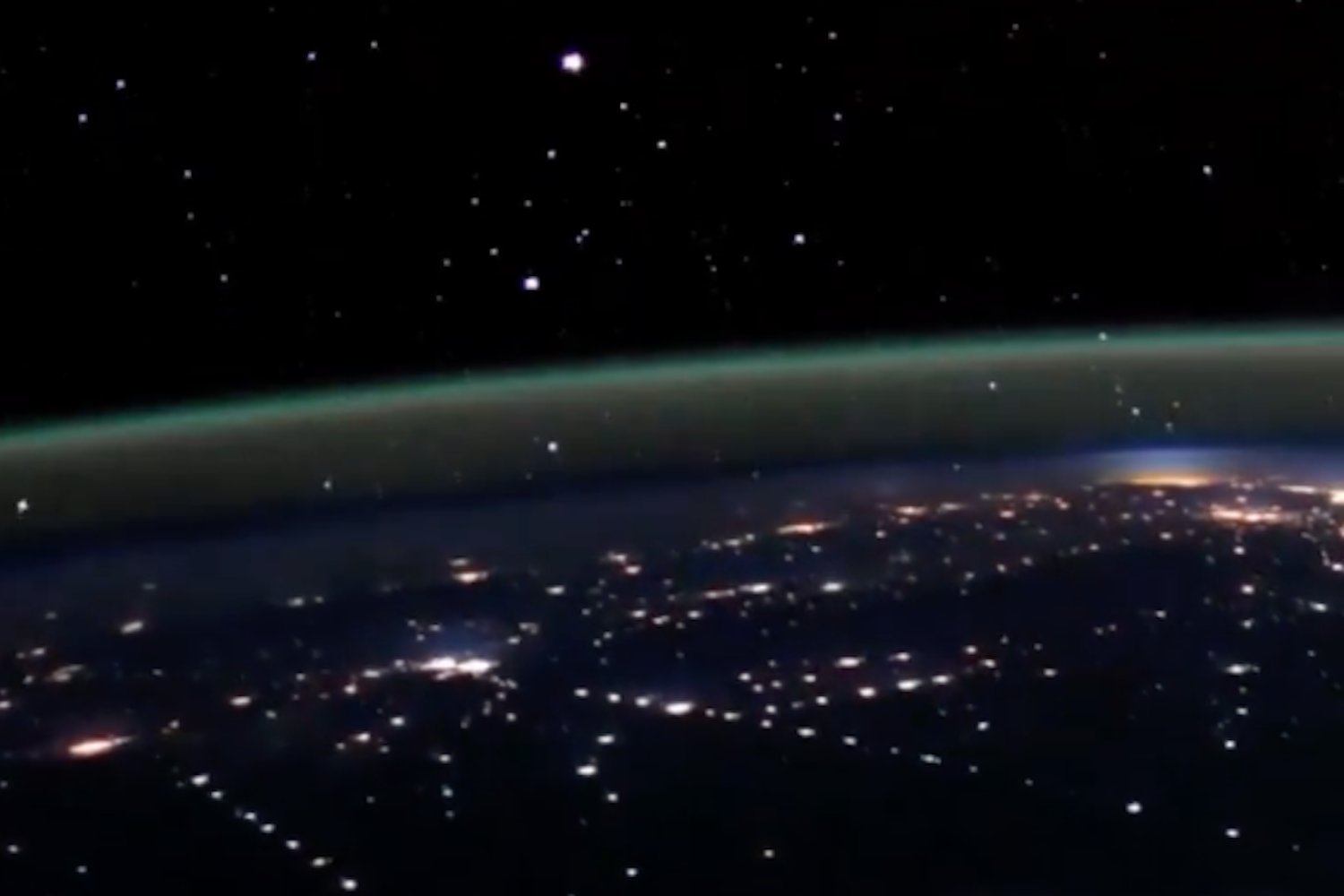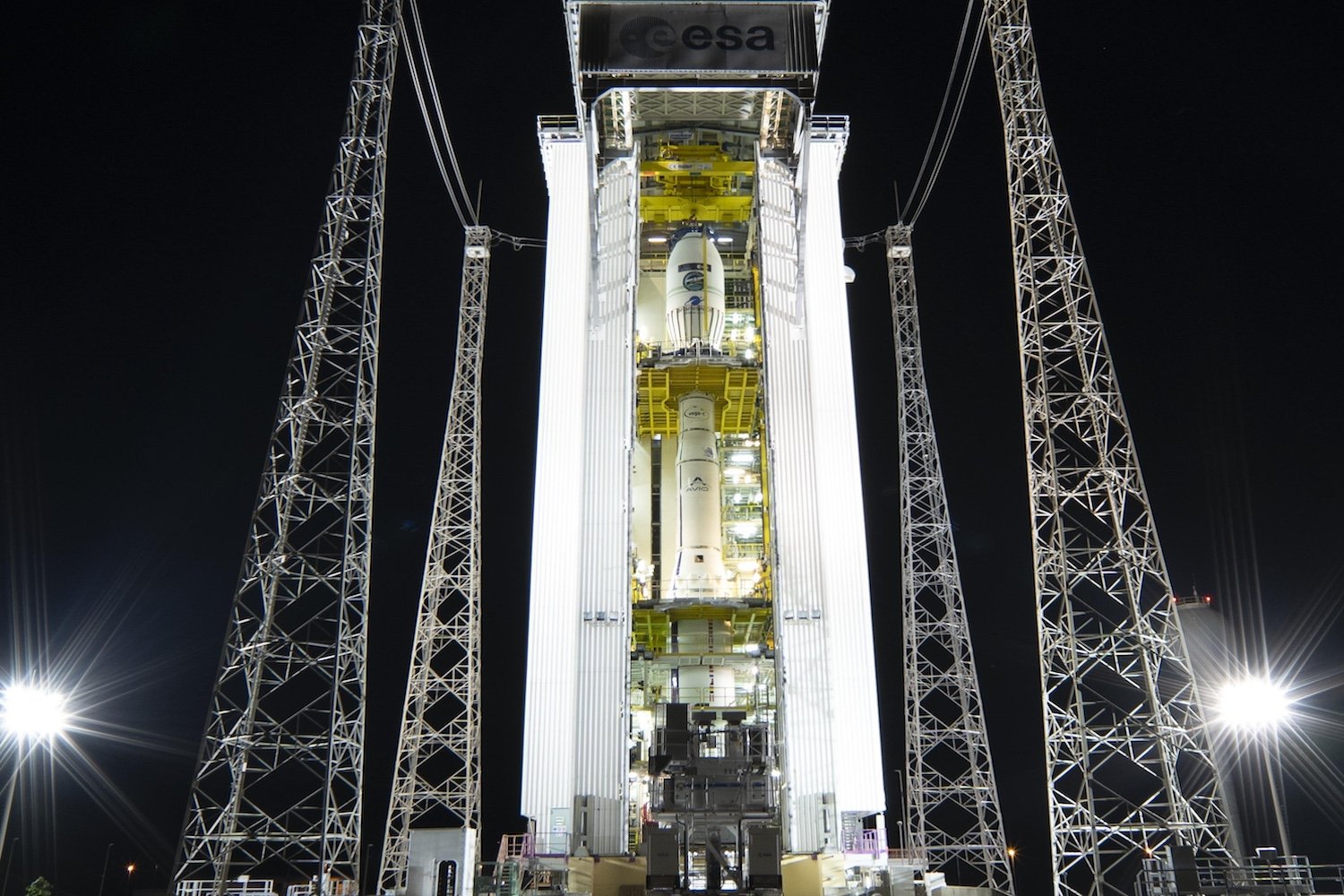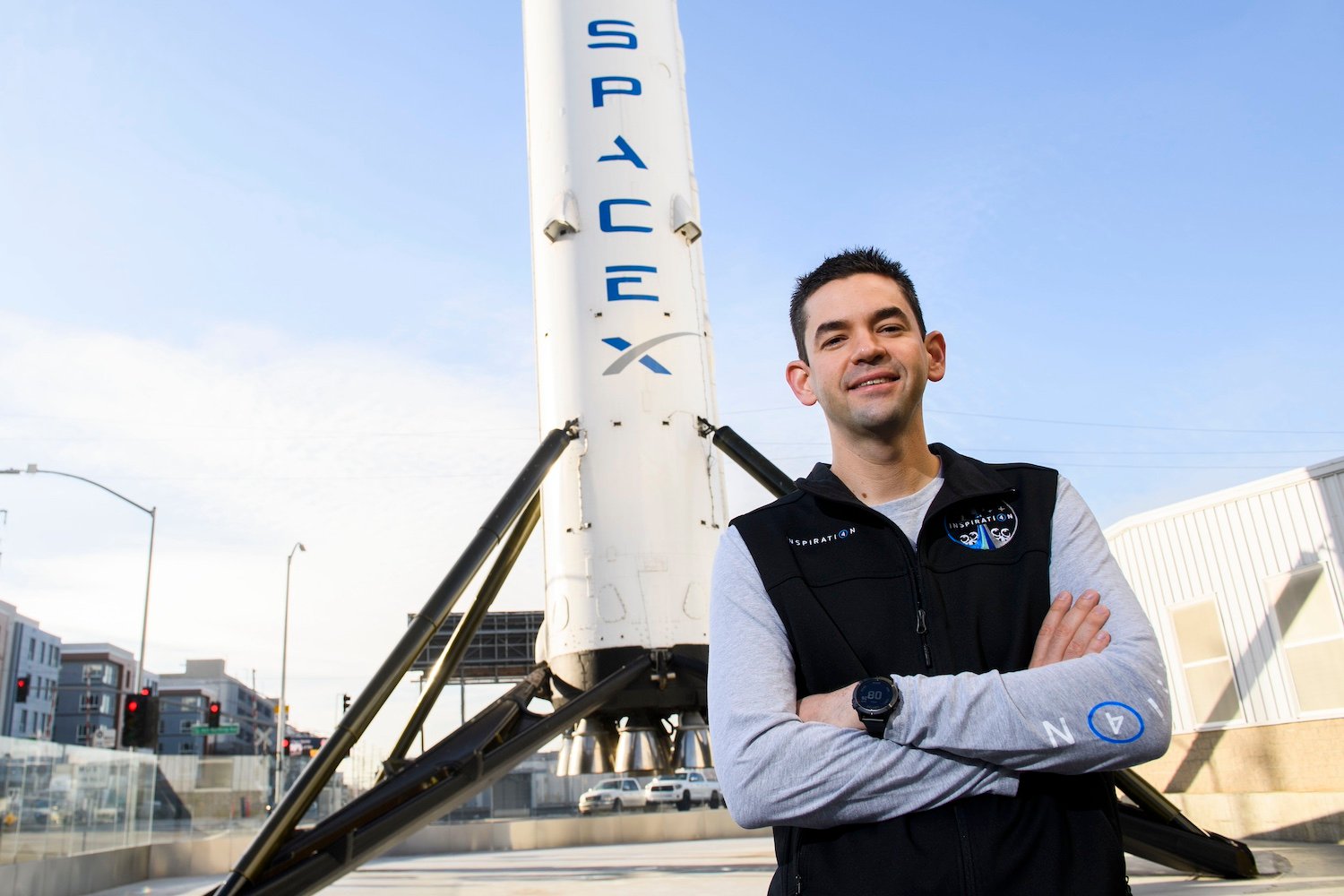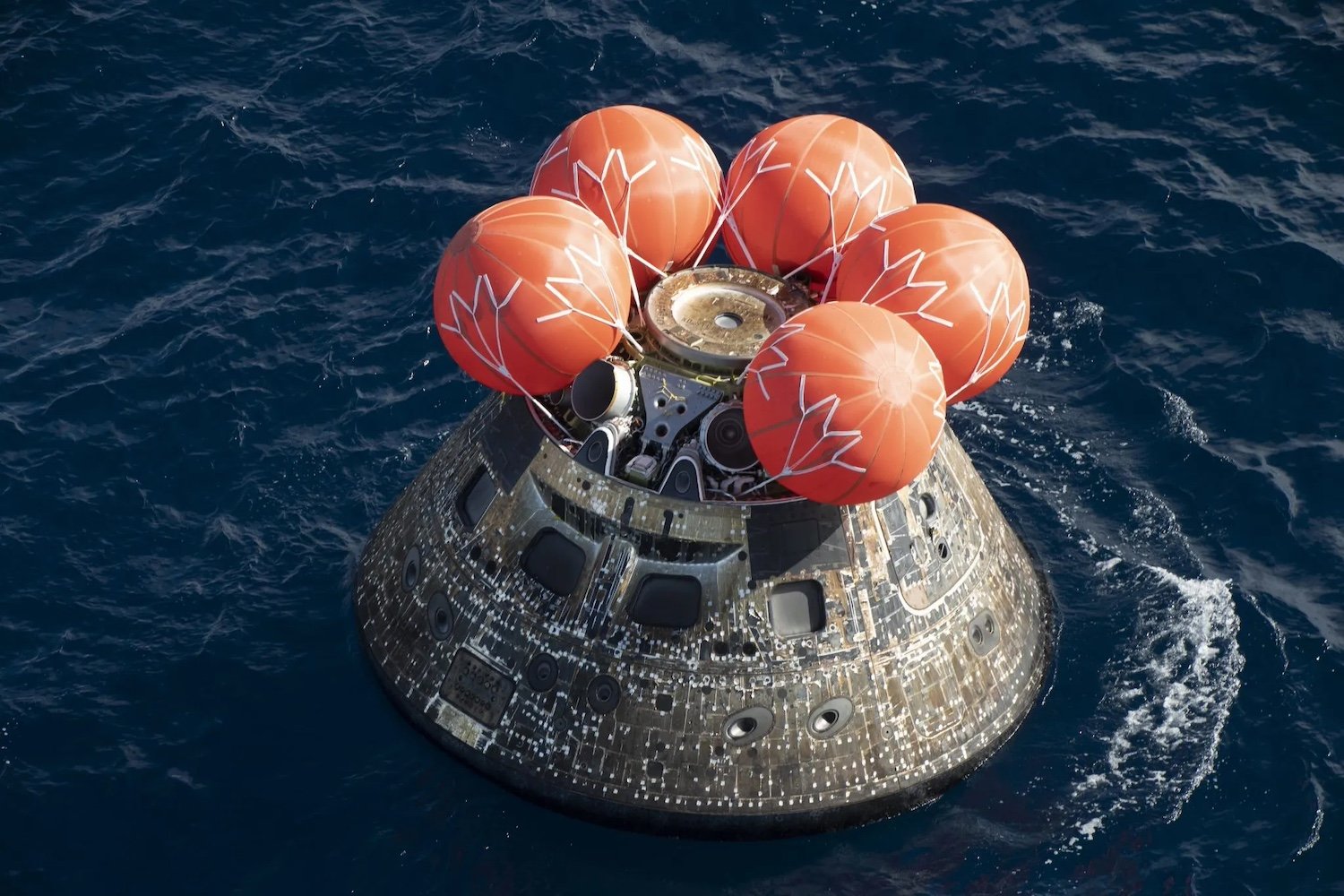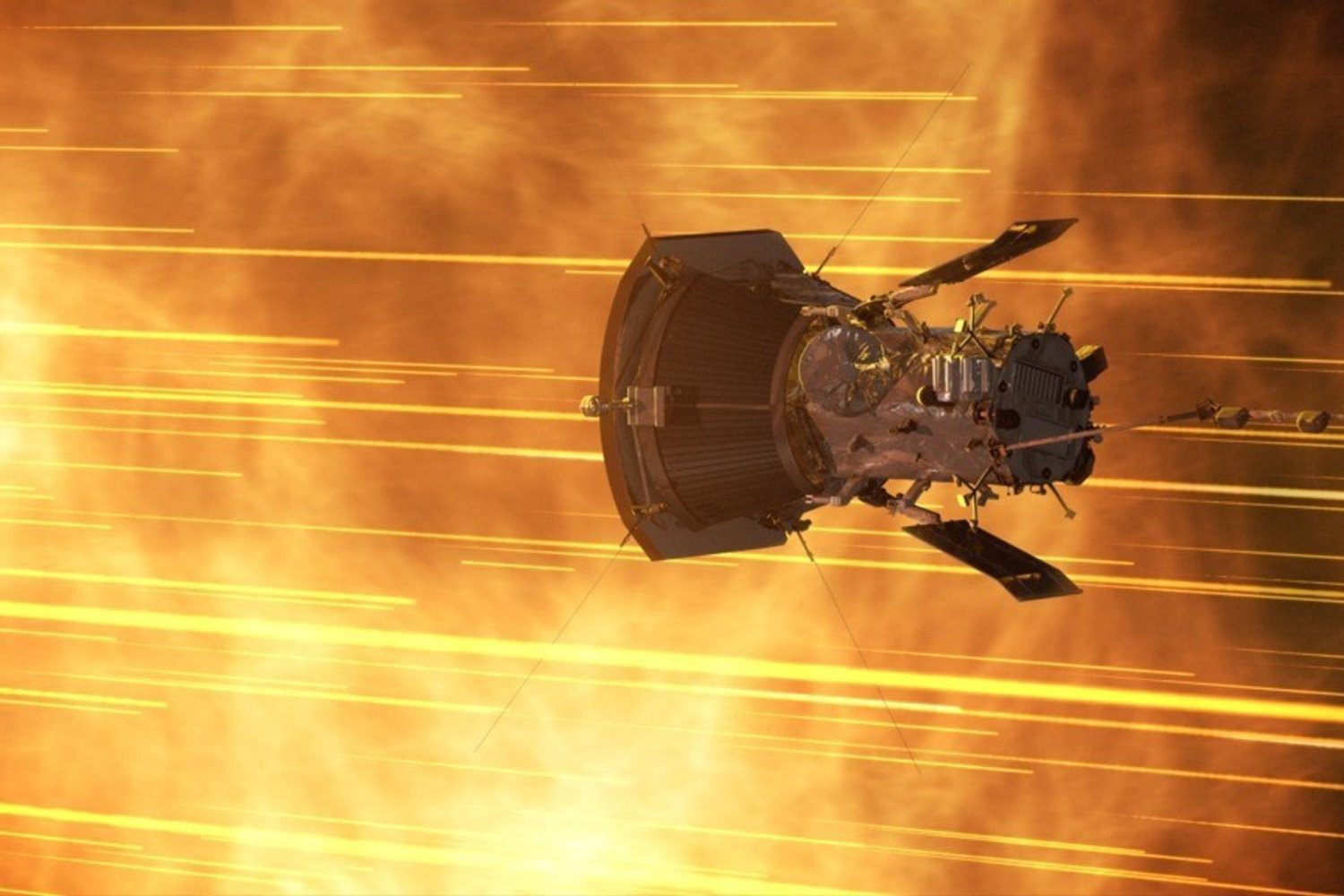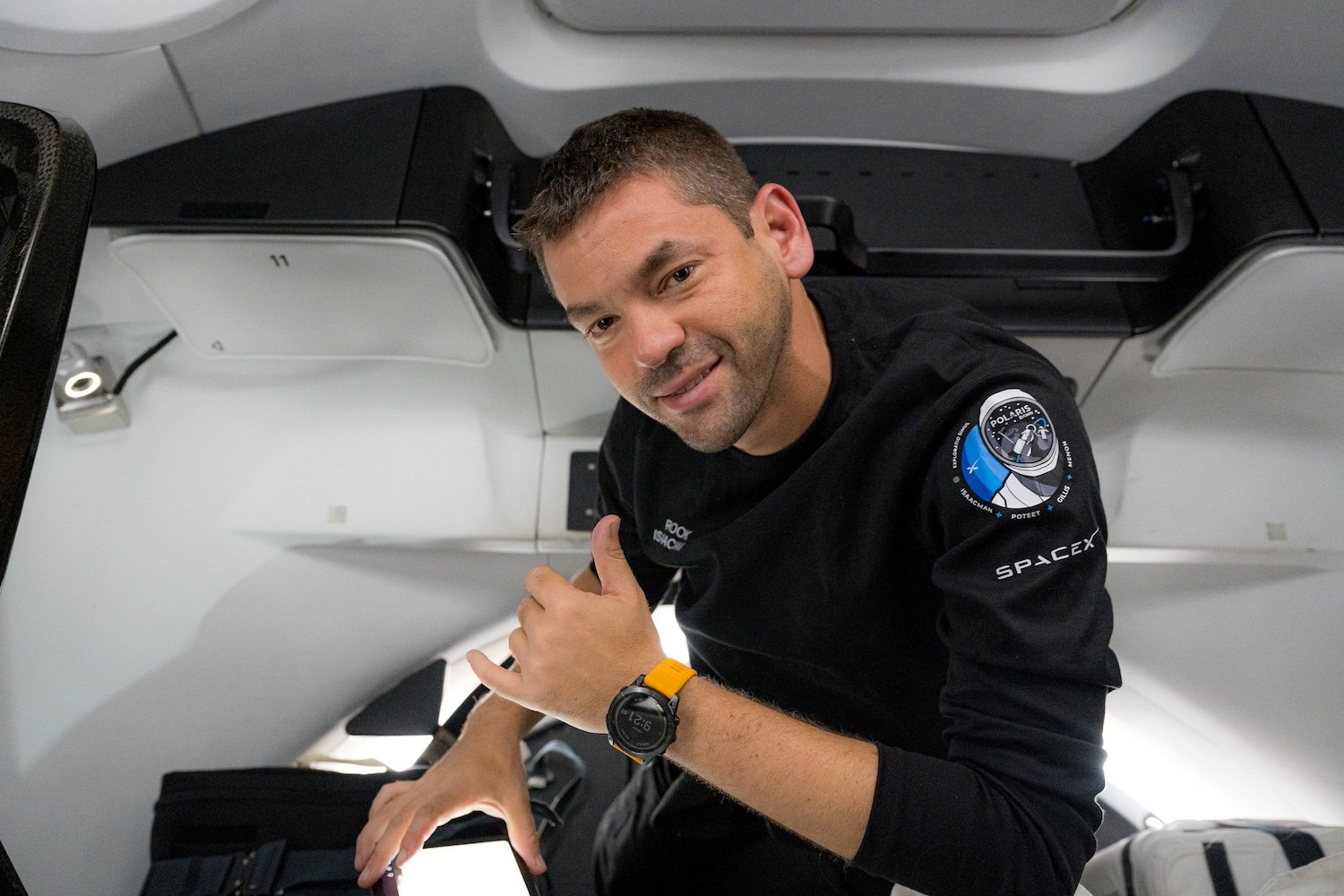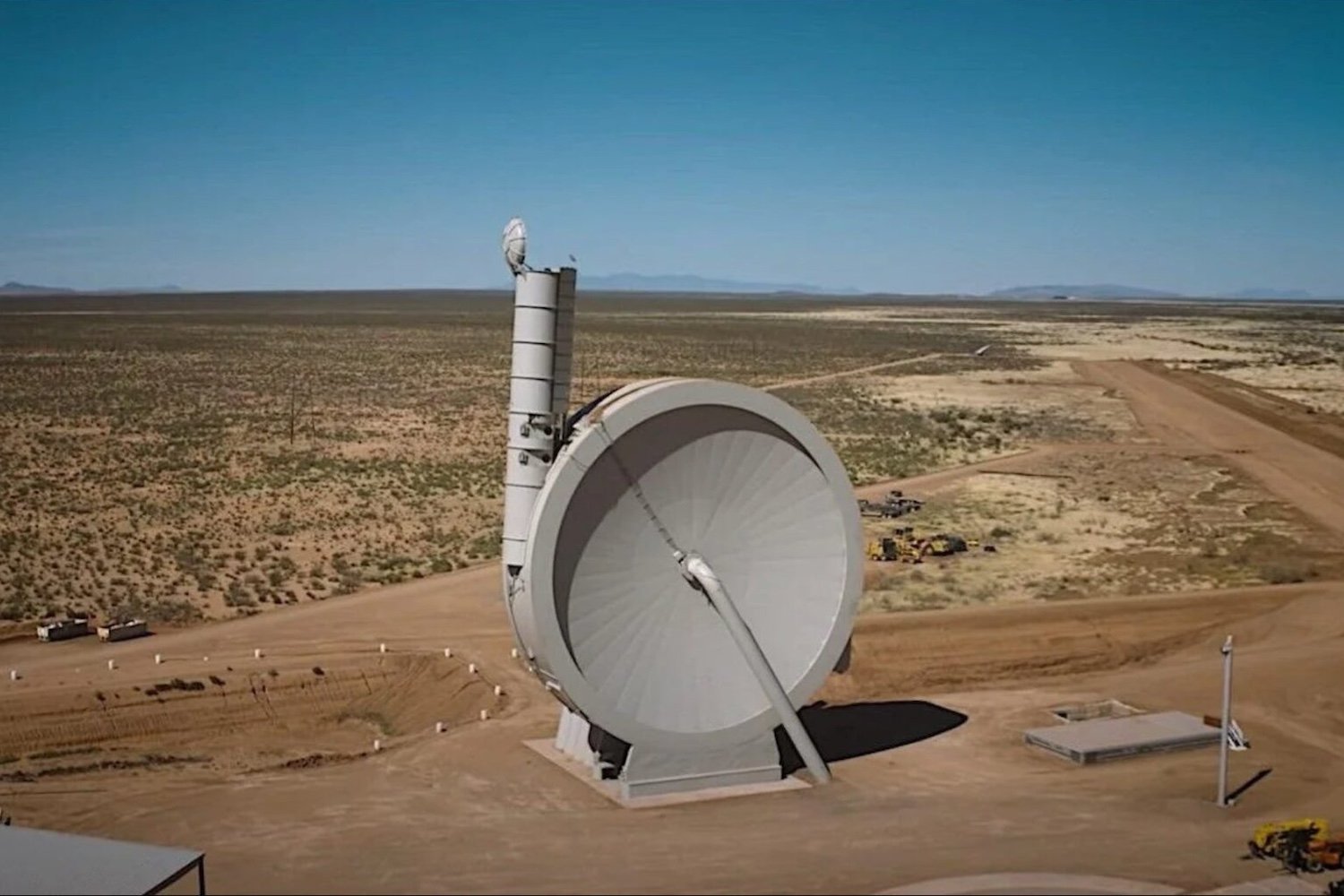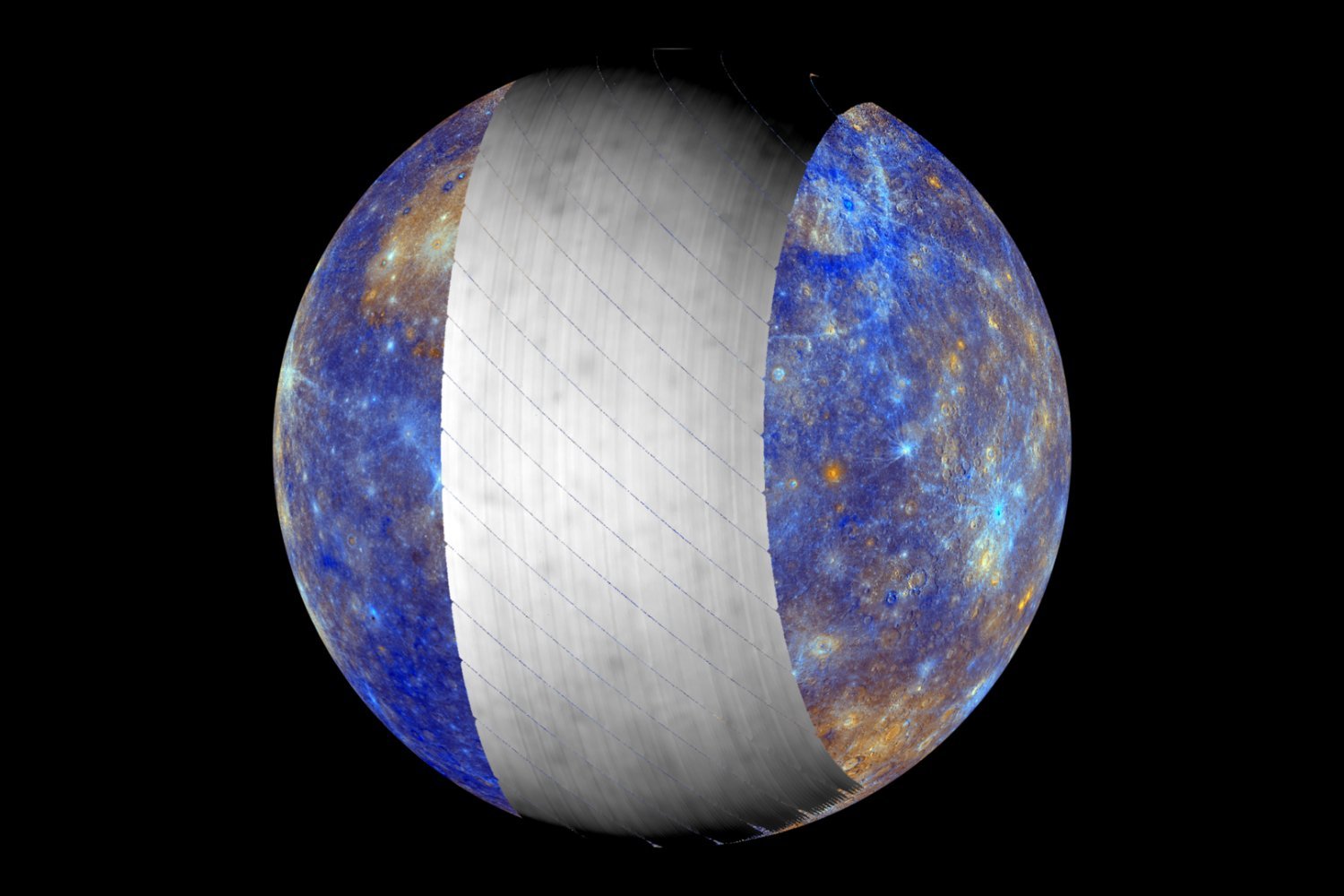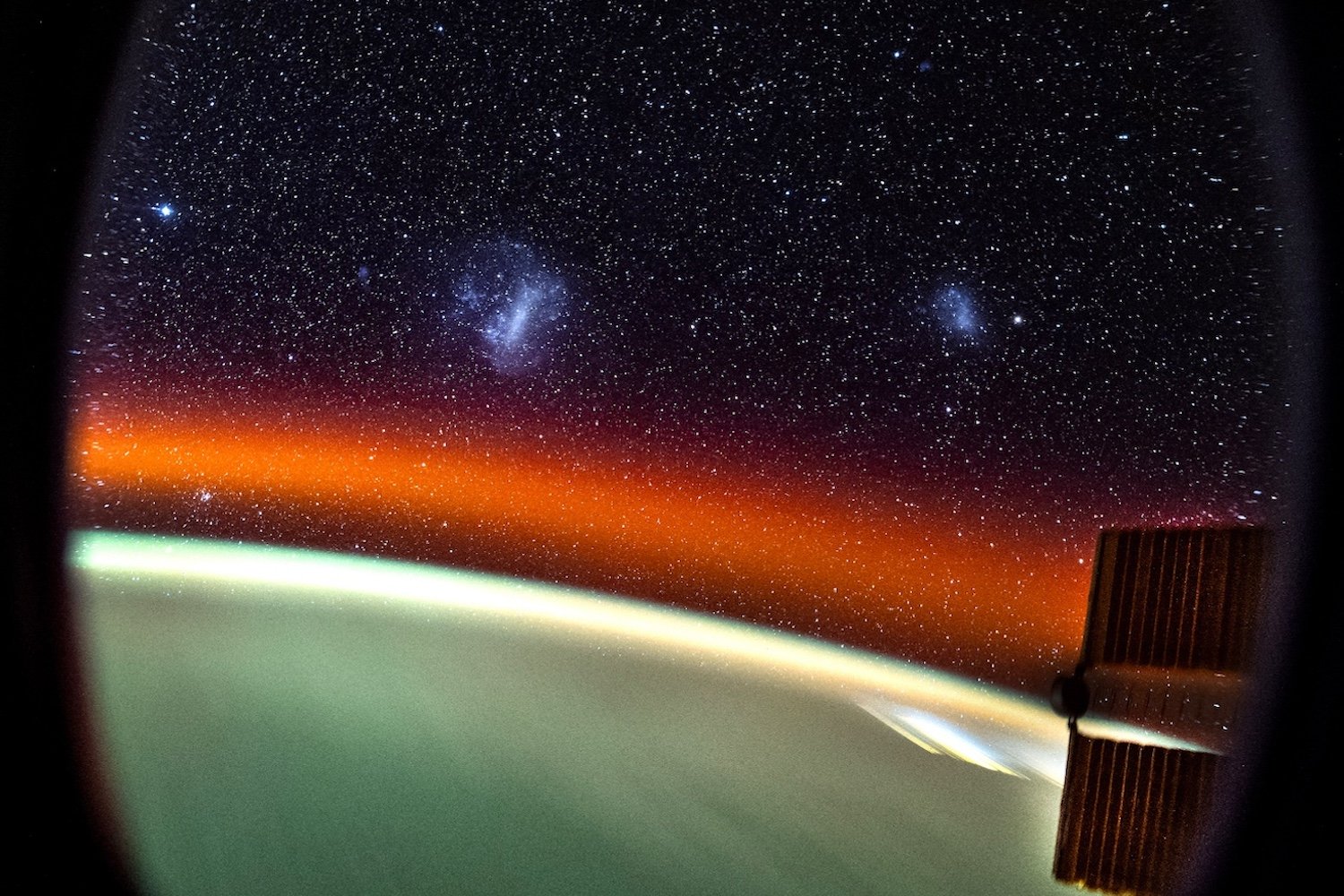A recent video shared by astronaut Don Pettit from the International Space Station (ISS) captured a mesmerizing display of flickering lights, reminiscent of “cosmic fireflies,” dancing 250 miles (400 kilometers) above Earth. However, these luminous specks are not a celestial wonder but rather SpaceX’s Starlink satellites, reflecting sunlight back towards the ISS, highlighting the growing presence of human-made objects in low Earth orbit.
SpaceX launched its first Starlink satellites in 2019 with the ambitious goal of providing internet access to even the most remote corners of the globe. With over 6,700 Starlinks already in orbit and plans for thousands more, this network of satellites is rapidly expanding, raising concerns within the astronomical community.
The primary concern stems from the way these satellites reflect sunlight. This reflection, while visually striking from the ISS, creates significant light pollution for ground-based observatories. Astronomical images are increasingly marred by bright streaks caused by the passing satellites, interfering with scientific data collection and analysis.
These streaks, caused by sunlight reflecting off the satellites, are a growing problem for astronomers. The satellites interfere with observations and data collection, adding noise to images captured by telescopes. This interference is particularly problematic for long-exposure observations, where the streaks can obscure faint celestial objects.
SpaceX’s ambitions extend far beyond the current constellation. The company aims to launch a staggering 42,000 Starlink satellites, though currently, the Federal Aviation Administration has only approved 12,000. This potential megaconstellation is not alone; other initiatives, such as China’s “Thousand Sails” project, envision launching up to 13,000 satellites, further compounding the issue of orbital congestion and light pollution.
Adding to the complexity is the introduction of SpaceX’s direct-to-cell (DTC) Starlink satellites. A recent study found these satellites to be five times brighter than their predecessors due to their lower orbit of 217 miles (350 kilometers), compared to the 340 miles (550 kilometers) altitude of standard Starlink satellites. This lower altitude, combined with their rapid 90-minute orbit, results in wider, more diffuse light streaks in telescope images, exacerbating the interference.
![No Image provided for this paragraph.]
Recognizing the growing concern, SpaceX is collaborating with the International Astronomical Union and other astronomical organizations to explore mitigation strategies. These include altering the orientation of the satellites’ solar panels and developing “sunshades” to reduce reflectivity. However, these solutions are still under development, and in the meantime, SpaceX continues to expand its megaconstellation.
In conclusion, while the sight of “cosmic fireflies” from the ISS might be visually captivating, it underscores the increasing challenge of balancing technological advancement with preserving the pristine view of the cosmos. The growing number of satellites in low Earth orbit presents a significant hurdle for astronomers and raises important questions about the future of space observation. Finding sustainable solutions to mitigate the impact of satellite constellations on astronomical research is crucial to ensuring continued exploration and understanding of the universe.



